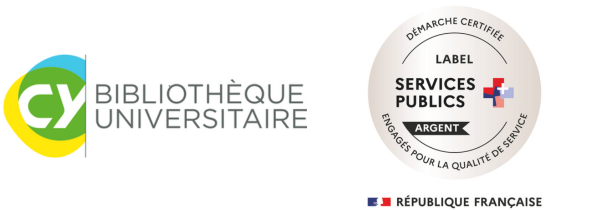You are here :
Predatory magazines
Predatory journals are Open Access journals with APC payment. They imitate scientific journals, but do not follow good pieer-review practices, or even have no pieer-review at all. It is therefore advisable not to publish in such journals. The problem is particularly acute today, as French Office of Scientific Integrity lists 15,500 predatory journals, with an impressive progression : 1,800 in 2010, 8,000 in 2015 and 15,500 today (Cabells predatory reports, 2022).
How do you know if a magazine is predatory ?
Asking the right questions
While it's not easy to recognize a predatory magazine, there are several things that can alert you :
- Direct request from the researcher sent by e-mail, presence of spelling/grammatical errors in the e-mail,
- Atypical contact email address (no professional email address),
- Very rapid publication compared with other journals in the field,
- No information on the peer review process,
- No transparency on publication fees (APC) or other fees charged,
- Publication costs modest or substantially reduced from the starting price,
- Check the metrics : what is the declared impact factor ? The Journal of Citation Reports can help,
- No right of withdrawal,
- etc.
Using tools.
There are several online tools for detecting predatory magazines :
- A checklist with the Think.Check.Submit tool,
- A tool developed by the University of Liege : Compass to publish
Reliable reviews.
On the other hand, there are several indications that a magazine is not predatory :
- It is referenced in the DOAJ,
- In health, medicine and biology, the "Conférence des Doyens de Médecine" (CDD) and the "Conseil National des Université" (CNU Santé) propose a list of "non-predatory" or "safe" journals (PDF) updated in Mai 2023.



